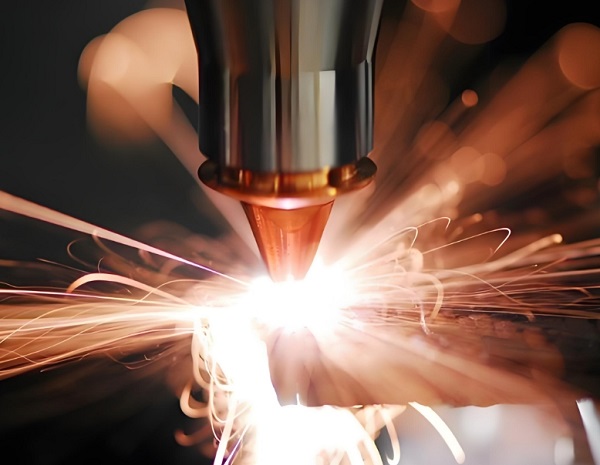How Does a Laser Welding Machine Work?
For industrial buyers and engineers looking to adopt laser welding technology, understanding how a laser welding machine works is essential for making the right purchasing decision. Unlike traditional welding methods, laser welding offers precision, speed, and minimal heat-affected zones—making it ideal for applications in automotive, aerospace, electronics, and medical device manufacturing.

The Core Components of a Laser Welding System
A typical industrial laser welding machine consists of four main components:
Laser Source – Produces the concentrated beam of light used for welding. Common types include fiber lasers, CO₂ lasers, and disk lasers.
Beam Delivery System – Directs the laser beam from the source to the workpiece using mirrors or fiber optics.
Focusing Optics – Concentrates the laser beam into a small spot to generate high energy density at the weld point.
Motion System – Controls the movement of the laser head or the workpiece, often integrated with robotic arms or CNC stages for precision.
Each component plays a critical role in determining the system’s performance, especially when handling complex weld joints or thin materials.
How the Laser Welding Process Works
The process begins by focusing a high-power laser beam onto the joint area of the workpiece. The intense energy rapidly heats, melts, and fuses the material, forming a strong weld seam. Depending on the material and application, shielding gas (such as argon or helium) may be used to prevent oxidation and ensure weld quality.
There are two primary modes of operation:
Conduction Mode: Used for thin materials and low-power applications, where the material surface absorbs the laser energy and forms a shallow, wide weld bead.
Keyhole Mode: Employed in deep penetration welding, where the laser power is high enough to vaporize the material and create a “keyhole” cavity that allows deeper fusion.
Key Advantages Over Traditional Welding
Laser welding stands out due to its ability to deliver consistent, high-quality welds with minimal distortion. Compared to MIG or TIG welding:
It produces cleaner welds with less spatter
Reduces post-weld finishing time
Enables automation with higher repeatability
Supports welding of dissimilar metals and reflective materials
These benefits make laser welding particularly valuable for high-volume production lines and precision-dependent industries.
If you're considering investing in a laser welding solution, understanding the underlying technology will help you evaluate vendors, compare specifications, and integrate the system effectively into your production line.
Recent Posts
- What are the advantages of laser welding machines in lithium battery pack production lines?
- What issues should be noted when choosing a lithium battery pack production line?
- Quality Inspection and Control of Lithium Battery Module Pack Production Line
- Cell grouping and sorting process in lithium battery module pack production line
- What are the safety hazards of lithium battery pack production lines and how can they be prevented?
INQUIRY

